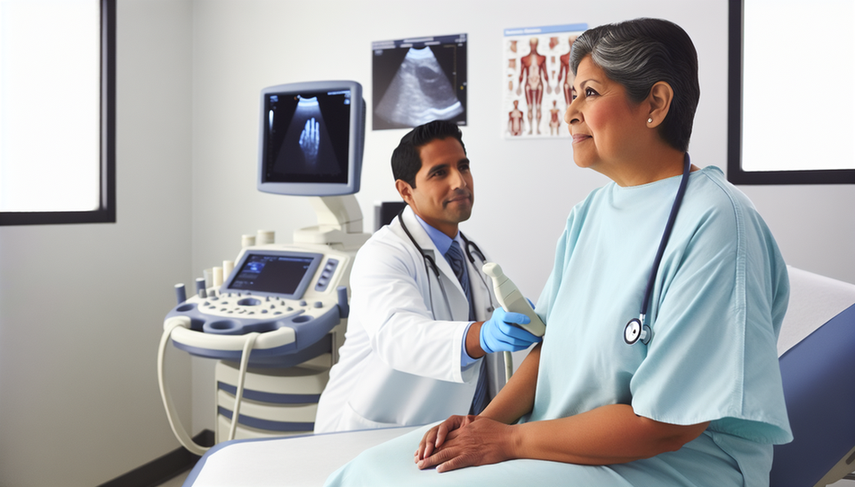Rheumatoid Arthritis Diagnosis: RF, Anti-CCP Antibodies, and Doppler Ultrasound of Joints

Dear colleagues, rheumatoid arthritis (RA) is a chronic autoimmune disease that primarily affects the joints, causing inflammation, pain, and ultimately joint destruction. Early diagnosis is crucial to prevent irreversible damage and improve the quality of life for our patients. In this context, rheumatoid factors (RF) and anti-CCP antibodies play a fundamental role in the diagnosis, while Doppler ultrasound of joints has become an invaluable tool for assessing disease activity.
Diving Deeper into Diagnosis
The diagnosis of RA is based on a combination of clinical, serological, and imaging findings. Rheumatoid factors are autoantibodies found in approximately 70-80% of patients with RA, although their presence is not exclusive to this disease. On the other hand, anti-CCP antibodies are more specific and are associated with a more severe disease prognosis. Recent studies have shown that the presence of these antibodies can predict disease progression even before clinical symptoms manifest [1].
Doppler ultrasound of joints has revolutionized the way we evaluate synovitis in RA. This technique allows for the visualization of subclinical inflammation and detection of bone erosions that are not visible on conventional X-rays. A recent study highlighted the utility of ultrasound in the early diagnosis of seronegative RA, showing that it can detect synovitis and bone erosions in the early stages of the disease [2]. Furthermore, Doppler ultrasound is capable of assessing inflammatory activity by detecting increased blood flow in the synovium, which correlates with disease activity [3].
Conclusions
In conclusion, the diagnosis of rheumatoid arthritis greatly benefits from a multidisciplinary approach that includes the evaluation of rheumatoid factors, anti-CCP antibodies, and the use of Doppler ultrasound of joints. The integration of these diagnostic tools allows for earlier and more accurate detection of the disease, which is crucial for initiating timely treatment and improving long-term outcomes for our patients. Ultrasound, in particular, offers a unique window to observe inflammatory activity in real-time, which can guide our therapeutic decisions more effectively.
References
- [1] Prevention and cure: The major unmet needs in the management of rheumatoid arthritis.
- [2] Contribution of Musculoskeletal Ultrasound in the Diagnosis of Seronegative Rheumatoid Arthritis.
- [3] Significant association between joint ultrasonographic parameters and synovial inflammatory factors in rheumatoid arthritis.
Created 5/1/2025
